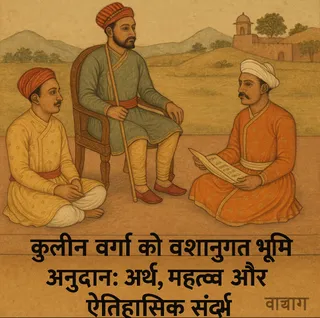The Satnami Rebellion of 1672 stands as a crucial, though often understudied, event in the history of resistance against Mughal authority in India. This significant uprising, centered in Narnaul (present-day Haryana), showcased the strength of religious and social dissent against oppressive governance. Unlike many other rebellions, the Satnami uprising was driven by a distinct religious identity and philosophy, making its study particularly insightful.
The Satnamis, a relatively new religious group at the time, followed a monotheistic faith emphasizing equality, pacifism (although they fought back when attacked), and social justice. Their beliefs challenged the prevailing social hierarchy and religious norms, putting them into direct conflict with both the established power structures and other religious groups. Their refusal to conform to traditional practices and their adherence to their distinct identity were major factors contributing to the conflict.
The rebellion's exact origins are complex and debated by historians, but several factors contributed to its eruption. One key factor was the increasing pressure exerted by the Mughal administration, which often imposed discriminatory taxes and interfered in religious practices. The Satnamis' refusal to pay certain taxes and their open defiance of Mughal authority further escalated tensions. Furthermore, the existing social hierarchy, marked by caste-based discrimination, intensified the situation; the Satnamis’ belief in equality directly challenged this deeply entrenched system.
While the rebellion lacked a single, centralized leadership structure, several key figures emerged as prominent leaders during the struggle. The precise details of their identities and roles are often obscured by the passage of time and a lack of extensive historical records. However, accounts suggest a decentralized yet coordinated resistance, with local leaders coordinating efforts within their communities.
The rebellion lasted for a considerable period, marked by several skirmishes and battles with Mughal forces. While initially successful in resisting Mughal authority, the rebellion was ultimately suppressed due to the Mughal Empire’s superior military power. The consequences were severe, with many Satnamis killed, imprisoned, or forced to flee their homes. Despite its eventual defeat, the Satnami rebellion served as a testament to the Satnami people's resilience and courage in the face of oppression.
The legacy of the Satnami Rebellion of 1672 continues to resonate. It highlights the importance of religious and social movements in shaping historical events and underscores the ongoing struggle for social justice and religious freedom. While often overlooked in broader narratives of Indian history, this rebellion offers a valuable perspective on the complexities of religious identity, social resistance, and the dynamics of power in 17th-century India. Further research and scholarly attention are crucial to unraveling the intricate details of this significant historical episode and ensuring that the Satnamis' struggle for their beliefs is not forgotten.
Further reading on the Satnami Rebellion would be beneficial to gain a more comprehensive understanding. Unfortunately, there isn't one single, definitive online resource easily accessible. Most information is scattered across academic journals and books on the history of the Mughal Empire and regional histories of Haryana.



















